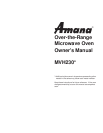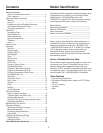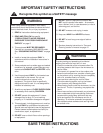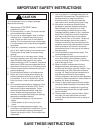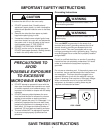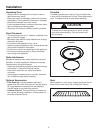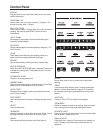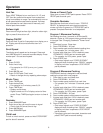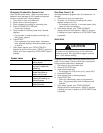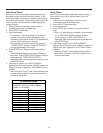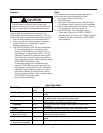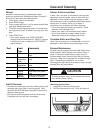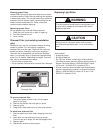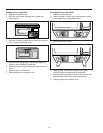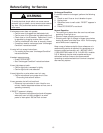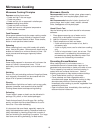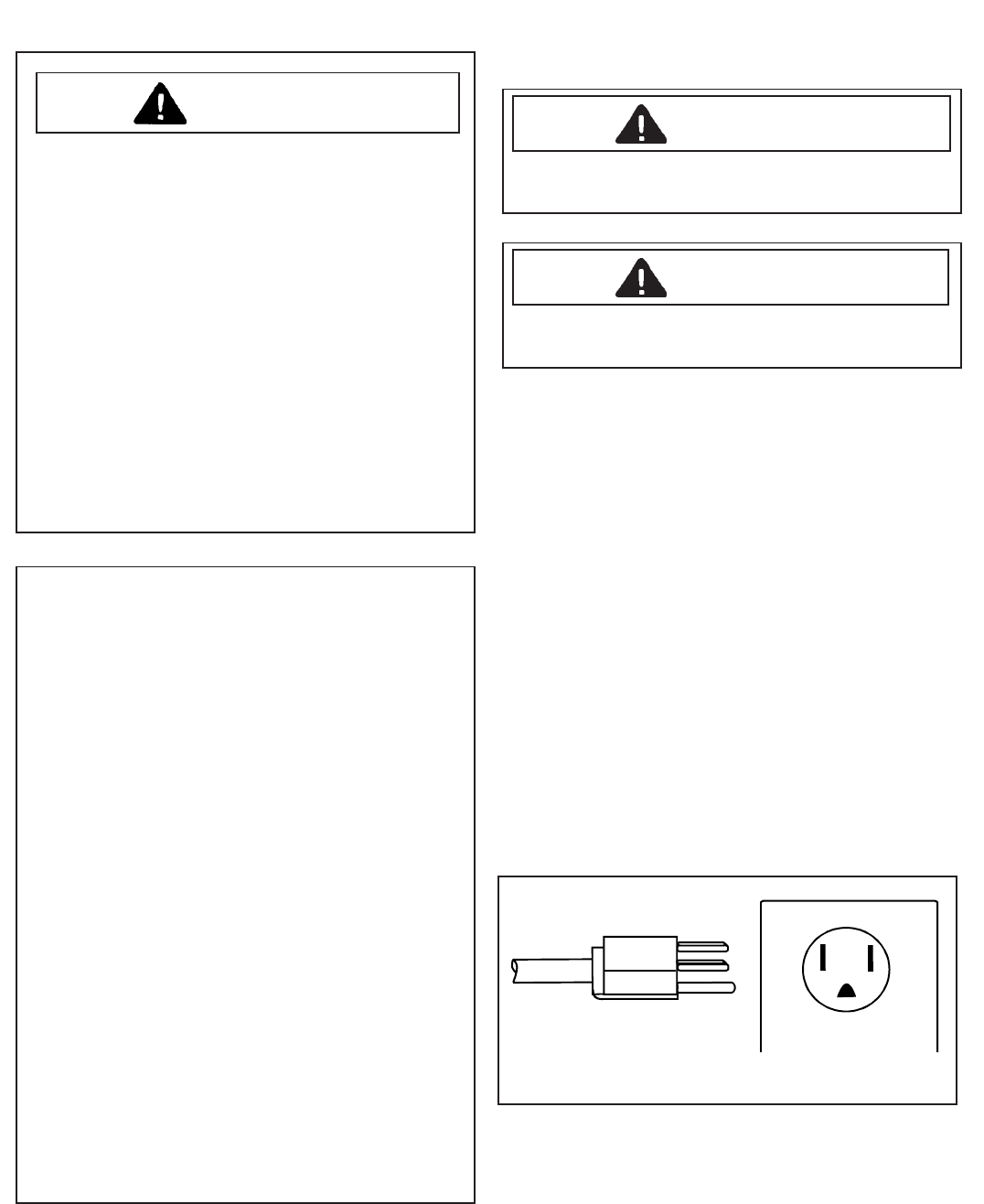
5
CAUTION
To reduce the risk of fire in the oven cavity:
a. DO NOT overcook food. Carefully attend
appliance if paper, plastic, or other combustible
materials are placed inside the oven to facilitate
cooking.
b. Remove wire twist-ties from paper or plastic
bags before placing bag in oven.
c. If materials inside the oven should ignite, keep
oven door closed, turn oven off, and disconnect
the power cord, or shut off power at the fuse or
circuit breaker panel. IF THE DOOR IS
OPENED THE FIRE MAY SPREAD!
d. DO NOT use the cavity for storage purposes.
DO NOT leave paper products, cooking utensils,
or food in the cavity when not in use.
IMPORTANT SAFETY INSTRUCTIONS
SAVE THESE INSTRUCTIONS
Grounding Instructions
This oven MUST be grounded. In the event of an
electrical short circuit, grounding reduces the risk of
electric shock by providing an escape wire for the
electric current. This oven is equipped with a cord
having a grounding wire with a grounding plug. The plug
must be plugged into an outlet that is properly installed
and grounded.
Consult a qualified electrician or servicer if grounding
instructions are not completely understood, or if doubt
exists as to whether the equipment is properly
grounded.
Do not use an extension cord. If the product power cord
is too short, have a qualified electrician install a three-
slot receptacle. This oven should be plugged into a
separate 60 hertz circuit with the electrical rating as
shown in drawing. Oven requires a 120 supply voltage.
When a microwave oven is on a circuit with other
equipment, an increase in cooking times may be
required and fuses can be blown.
To avoid the risk of electrical shock or death, do not
alter the plug.
WARNING
To avoid the risk of electrical shock or death, this
oven must be grounded.
WARNING
PRECAUTIONS TO
AVOID
POSSIBLE EXPOSURE
TO EXCESSIVE
MICROWAVE ENERGY
a. DO NOT attempt to operate this oven with the
door open since open-door operation can result
in harmful exposure to microwave energy. It is
important not to defeat or tamper with the safety
interlocks.
b. DO NOT place any object between the oven
front face and the door or allow soil or cleaner
residue to accumulate on sealing surfaces.
c. DO NOT operate the oven if it is damaged. It is
particularly important that the oven door close
properly and that there is no damage to the: (1)
door (bent), (2) hinges and latches (broken or
loosened), (3) door seals and sealing surfaces.
d. The oven should NOT be adjusted or repaired
by anyone except properly qualified service
personnel.
120V–15AMP



